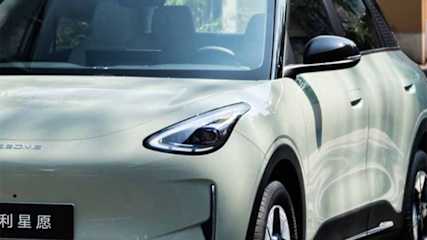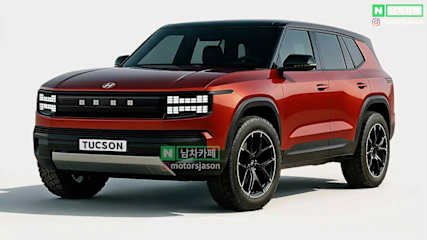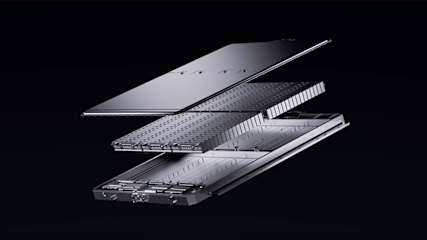Family values: Why Hyundai and Kia have evolved different design philosophies - and what it means for your next car
By Stephen Ottley · 29 Apr 2025
In Taylor Swift terms, Hyundai has entered its Fearless Era as it explores bold new design themes that are a major departure from its past.In stark contrast to its humble beginnings, Hyundai is looking to make bolder vehicles, as witnessed by the recently revealed second-generation Palisade. Crucially, the Palisade is dramatically different from the Tucson and Santa Fe, or any other model in the range, as Hyundai pursues a unique design for each of its models. This is opposed to the ‘Russian Doll’ philosophy that many other brands use, which see similar design themes carried over from one model to the next. Interestingly, this more ‘family’ focused design theme is the one pursued by Kia, Hyundai’s sister brand, and in Australia recent years has seen the younger sibling overtake its elder on the sales charts.So, why has Hyundai pursued this very different and deliberately polarising strategy? We were fortunate enough to discuss this with the man in charge, SangYup Lee, Executive Vice President and Head of Hyundai and Genesis Global Design.We spoke immediately after the reveal of the new Palisade and Palisade XRT Pro for the first time outside of South Korea, and Lee used the new family-sized SUV as a way of explaining the brand’s design philosophy.Specifically, he discussed why the Palisade and the similar-sized, but all-electric, Ioniq 9 have almost no visual similarities.“ I think it's a very important question,” Lee said. “Obviously, as I mentioned to you briefly yesterday on Ioniq 9 versus Palisade, the customers are different for a full, dedicated EV versus a traditional ICE and hybrid cars."So we cannot have the same toolbox SUV, so we purposefully have a different direction… where Ioniq 9 is for more like an early adopter and is open for new things.He continued: “Palisade, when you see it, you know it is so easy to understand. It's a toolbox SUV with a lot of premium character, and with the bold DRL (Daytime Running Lights) you can recognize it from a long distance."I'm particularly very proud of the surface DRL, because a lot of DRLs these day, I mean the lamp is a functional piece, but you see a lot of linear DRL."And instead we're doing surface DRL to have a more, like a chunky shape. So you look at it from a long distance, you can instantly notice a Palisade that's coming towards you, which is so important,” he said.Lee highlighted the importance of making a strong visual first impression for each Hyundai model, which is why he and his design teams have opted for a clear differentiation between each model, rather than Kia’s signature look that carries across each of its offerings.“A mid to large SUV is a big face with a bold character, but when you get closer, there's a lot of sophisticated surface treatment,” Lee said.“So what we want to do is like, mainstream, it should be easy to understand, bold yet premium character. So this is our challenge.”He also explained that the different needs of different customers across the various models also plays a major role in Hyundai’s decision to create unique designs.“There are many brands doing the family look… but I always talk to our team, Hyundai is all about customer-centric brand,” he said.“We need to really understand the customer first in order to design. So, I mean, for the Palisade, if you sit inside of the car, it's so comfortable, easy to use, there is no forced area. Everything is all about usability.“I must say, the UX (user experience) is designed this way… because this is a family car. I mean, we are out there, family, parents in a very detailed ."So like, how they drop off kids in the morning, how they pick them up after school hours and how they use a sippy cup, how they use the tailgate and how they use stuff."So it's all about observing customers in order to make it easier, more comfortable, with better design.”
.jpg)
.jpg)



.jpg)








